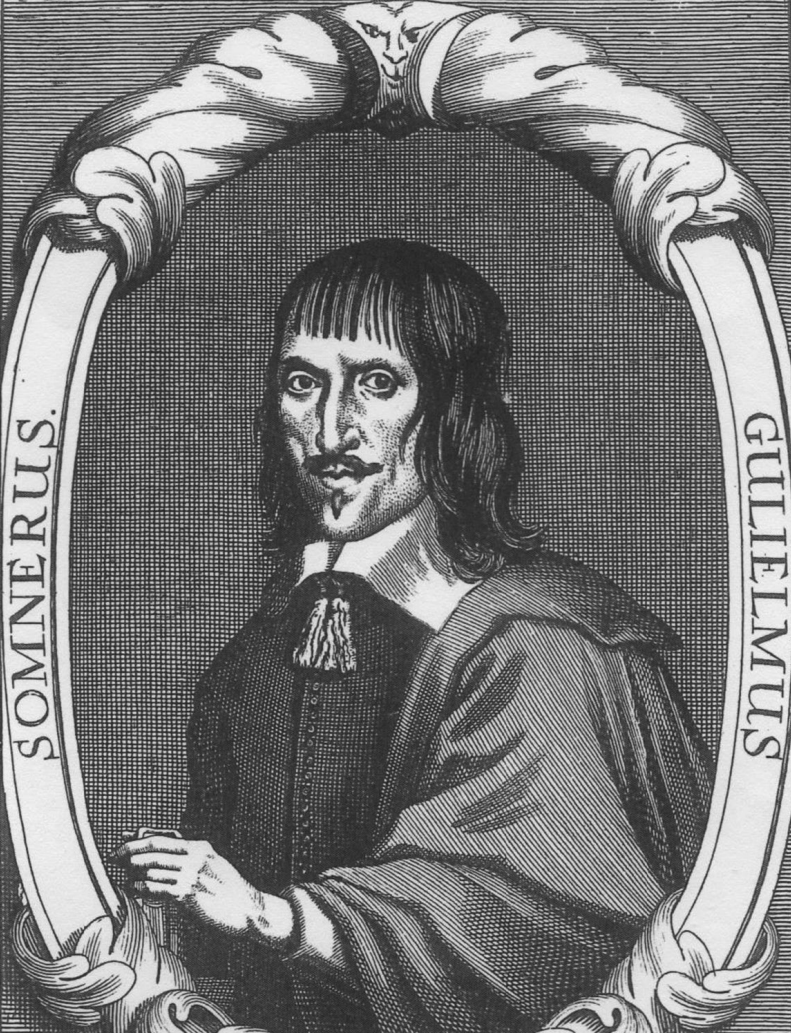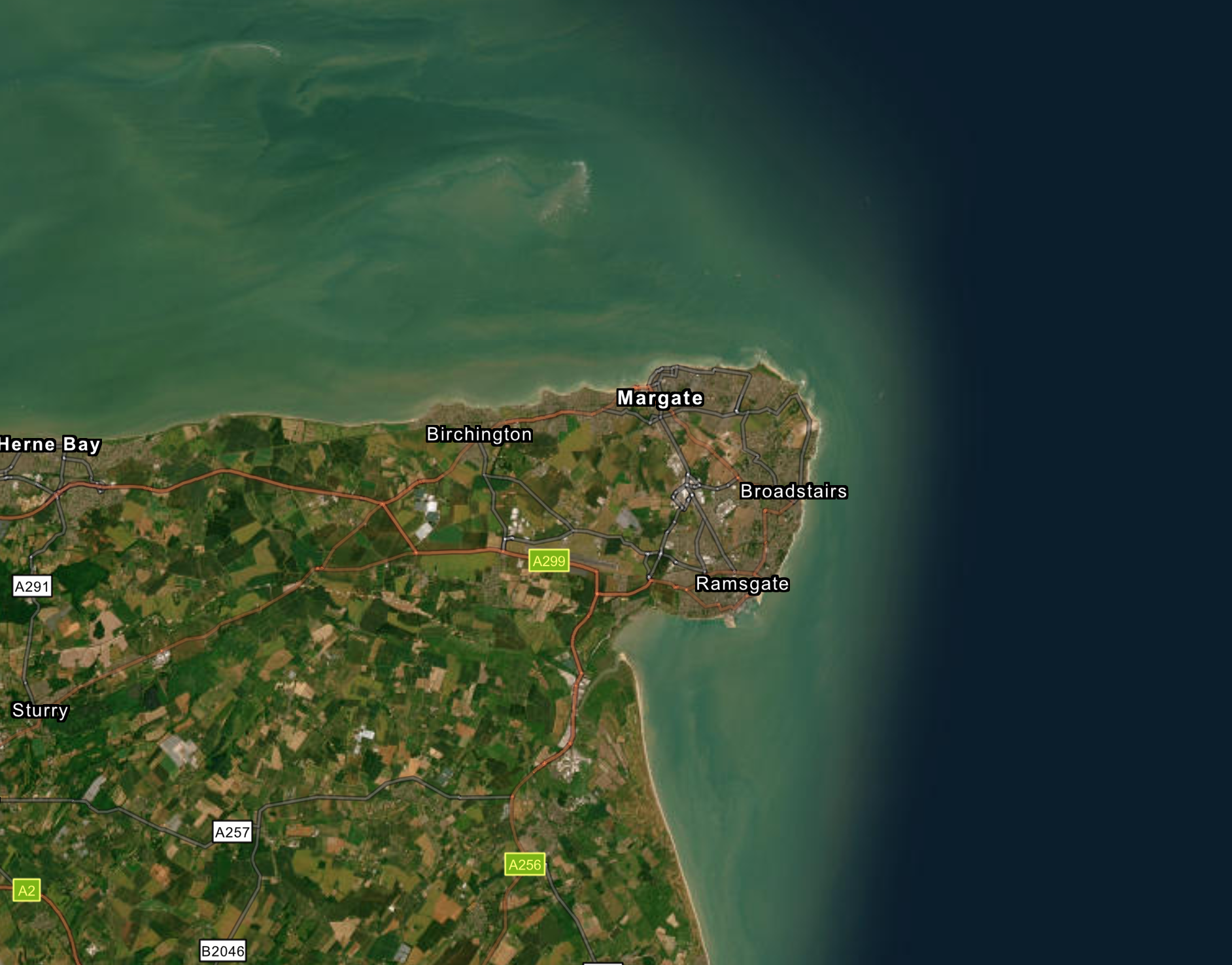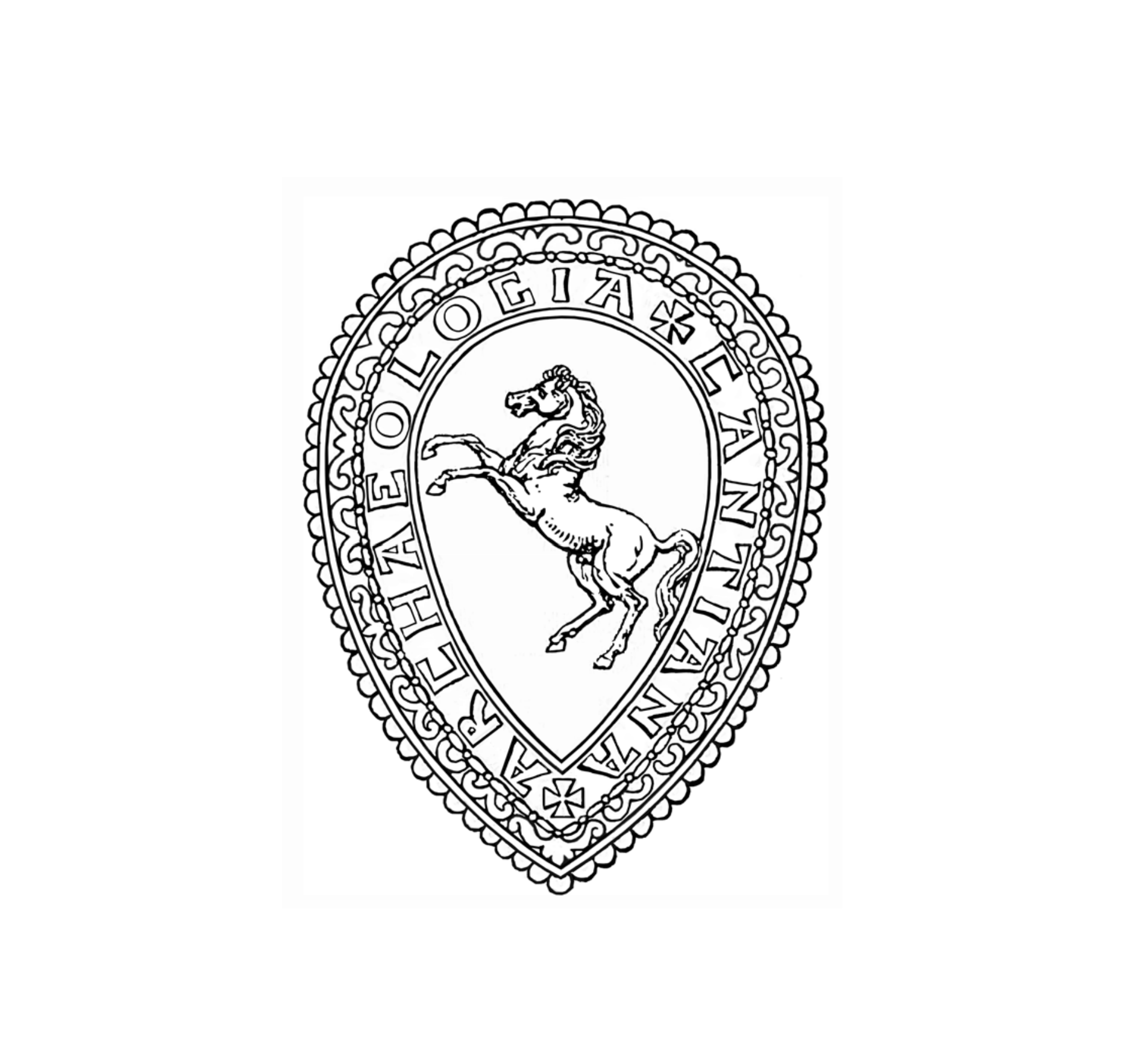Ruth Shaffrey, 2019, Archaeologia Cantiana, Volume 140. Maidstone: Kent Archaeological Society.
Keith Parfitt, 2019, Archaeologia Cantiana, Volume 140. Maidstone: Kent Archaeological Society.
David Wright, 2019, Archaeologia Cantiana, Volume 140. Maidstone: Kent Archaeological Society.
Margaret Bolton, 2019, Archaeologia Cantiana, Volume 140. Maidstone: Kent Archaeological Society.
Craig L. Lambert and Gary P. Baker, 2019, Archaeologia Cantiana, Volume 140. Maidstone: Kent Archaeological Society.
Trevor and Vera Gibbons, 2019, Archaeologia Cantiana, Volume 140. Maidstone: Kent Archaeological Society.
Graeme Clarke and Matthew Brudenell, 2019, Archaeologia Cantiana, Volume 140. Maidstone: Kent Archaeological Society.
James Gibson† and Sheila Sweetinburgh, 2019, Archaeologia Cantiana, Volume 140. Maidstone: Kent Archaeological Society.
Stephen Draper, 2019, Archaeologia Cantiana, Volume 140. Maidstone: Kent Archaeological Society.
James Lloyd, 2019, Archaeologia Cantiana, Volume 140. Maidstone: Kent Archaeological Society.
Dan Graham and Jacob H. Scott, 2019, Archaeologia Cantiana, Volume 140. Maidstone: Kent Archaeological Society.
John H. Williams, 2019, Archaeologia Cantiana, Volume 140. Maidstone: Kent Archaeological Society.
Paula Jardine-Rose, 2019, Archaeologia Cantiana, Volume 140. Maidstone: Kent Archaeological Society.
Frank R. Beresford, 2019, Archaeologia Cantiana, Volume 140. Maidstone: Kent Archaeological Society.
Tania Wilson, 2019, Archaeologia Cantiana, Volume 140. Maidstone: Kent Archaeological Society.
Gillian Draper, 2019, Archaeologia Cantiana, Volume 140. Maidstone: Kent Archaeological Society.
Victor Smith, 2019, Archaeologia Cantiana, Volume 140. Maidstone: Kent Archaeological Society.
2019, Archaeologia Cantiana, Volume 140. Maidstone: Kent Archaeological Society.
2019, Archaeologia Cantiana, Volume 140. Maidstone: Kent Archaeological Society.
Felicity Stimpson, 'Dorothy Johnston of Appledore: her Wartime Experiences and Gift of a Stretch of the Royal Military Canal to the National Trust’, Archaeologia Cantiana, Volume 142. Maidstone: Kent Archaeological Society.
2019, Archaeologia Cantiana, Volume 140. Maidstone: Kent Archaeological Society.
2019, Archaeologia Cantiana, Volume 140. Maidstone: Kent Archaeological Society.
2019, Archaeologia Cantiana, Volume 140. Maidstone: Kent Archaeological Society.



















2019, Archaeologia Cantiana, Volume 140. Maidstone: Kent Archaeological Society.